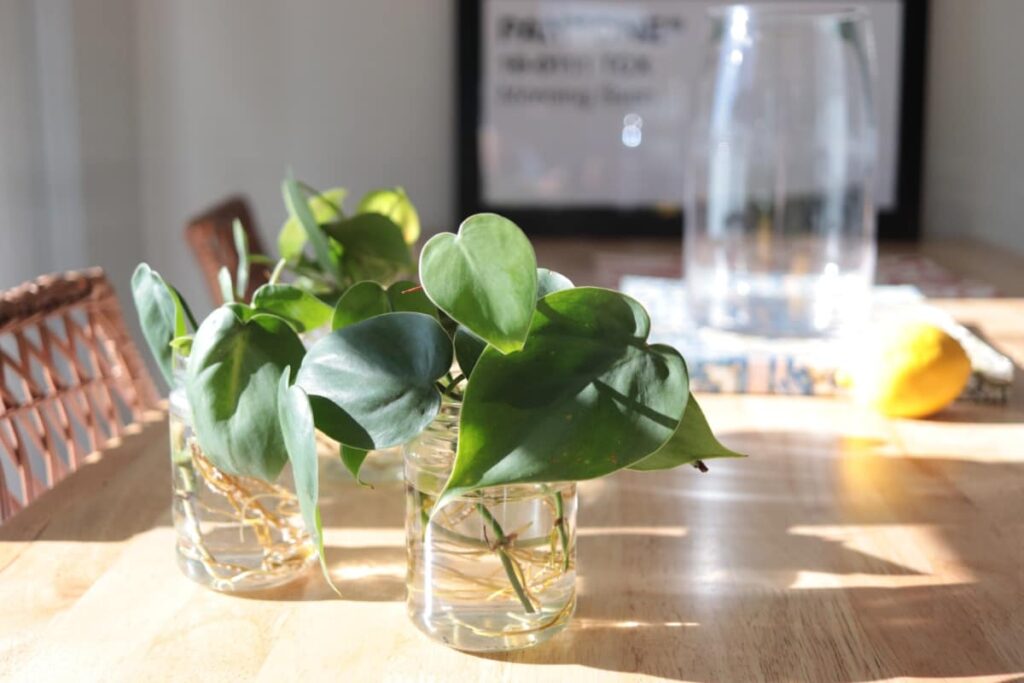Plant propagation stations are specialized areas that are dedicated to the growth and propagation of plants for a multitude of purposes. These stations are meticulously designed to provide the perfect growing conditions for plants, allowing them to flourish and reproduce with ease. Whether you’re a seasoned gardener or a budding plant enthusiast, plant propagation stations are an indispensable tool for anyone looking to cultivate and propagate their own plants.
From commercial nurseries to home gardens, plant propagation stations can be found in a variety of settings. They are a vital resource for those who are passionate about plants and want to take their gardening skills to the next level. But what exactly are plant propagation stations, and how do they work?
At their core, plant propagation stations are specialized areas that are dedicated to the growth and propagation of plants. They are designed to provide the ideal conditions for plants to thrive, with carefully controlled levels of light, temperature, and humidity. This allows plants to grow and reproduce with ease, ensuring that they are healthy and strong.
But why are plant propagation stations so important for plant propagation? The answer lies in their ability to provide a controlled environment for plants to grow and reproduce. By carefully controlling the conditions in which plants are grown, propagation stations can ensure that plants are healthy and strong, with a high likelihood of successful propagation.
Plant propagation stations are an essential tool for anyone looking to cultivate and propagate their own plants. With their carefully controlled growing conditions and specialized equipment, these stations provide the perfect environment for plants to thrive and reproduce. Whether you’re a seasoned gardener or a budding plant enthusiast, plant propagation stations are a must-have resource for anyone looking to take their gardening skills to the next level.
Benefits of Using Plant Propagation Stations
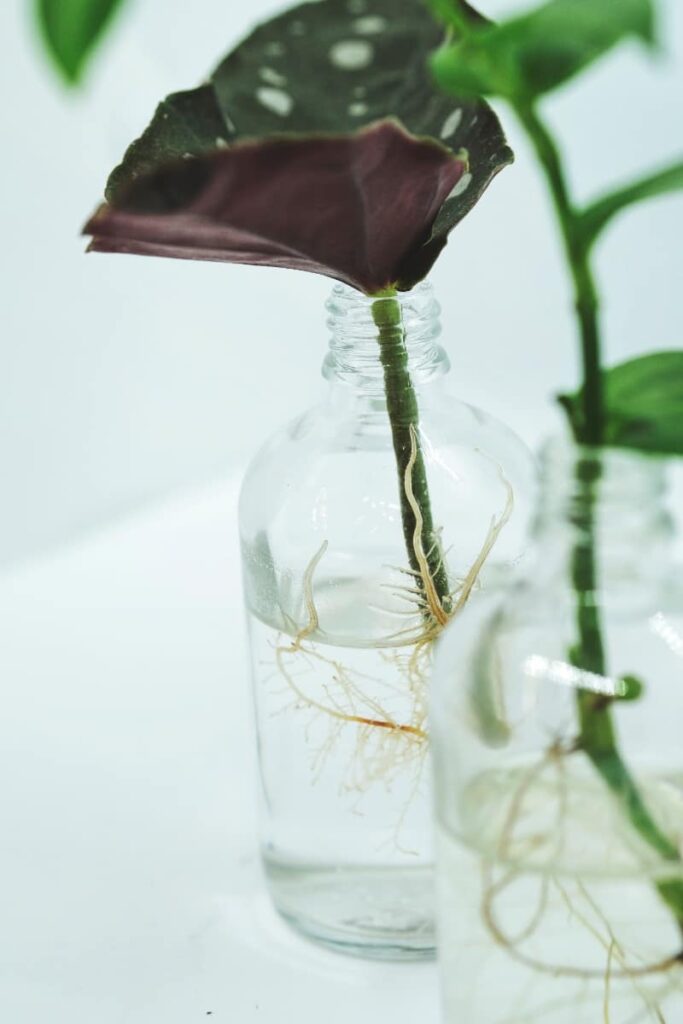
Plant propagation stations are a must-have for gardeners and plant enthusiasts alike. They offer a plethora of benefits that are sure to make your gardening experience more enjoyable. Here are some of the key advantages of using a propagation station:
Cost-effective
Propagating plants from cuttings or seeds is a cost-effective way to expand your garden or grow new plants. By using a propagation station, you can save money on buying new plants and instead grow your own. This is a great way to stretch your gardening budget and get more bang for your buck.
Control over growing conditions
With a propagation station, you have complete control over the growing conditions for your plants. You can adjust the temperature, humidity, and lighting to create the ideal environment for your plants to thrive. This level of control is essential for ensuring that your plants grow strong and healthy.
Faster growth
Propagating plants in a controlled environment can lead to faster growth and healthier plants. By providing the right conditions, you can encourage your plants to grow quickly and produce strong roots. This is a great way to get your plants off to a strong start and ensure that they continue to thrive.
Greater variety
Using a propagation station allows you to experiment with a wider variety of plants. You can try growing plants that may not be readily available in your area or that are difficult to grow from seed. This is a great way to expand your gardening horizons and try new things.
Sustainable gardening
Propagating your own plants is a sustainable gardening practice that reduces the need for buying new plants and supports biodiversity. By growing your own plants, you can also reduce your carbon footprint and contribute to a healthier planet. This is a great way to do your part for the environment and make a positive impact.
Overall, using a plant propagation station is a great way to expand your garden, experiment with new plants, and support sustainable gardening practices. With the right tools and techniques, you can enjoy the benefits of propagating your own plants and watching them grow. So why not give it a try and see what you can grow?
Types of Plant Propagation Stations
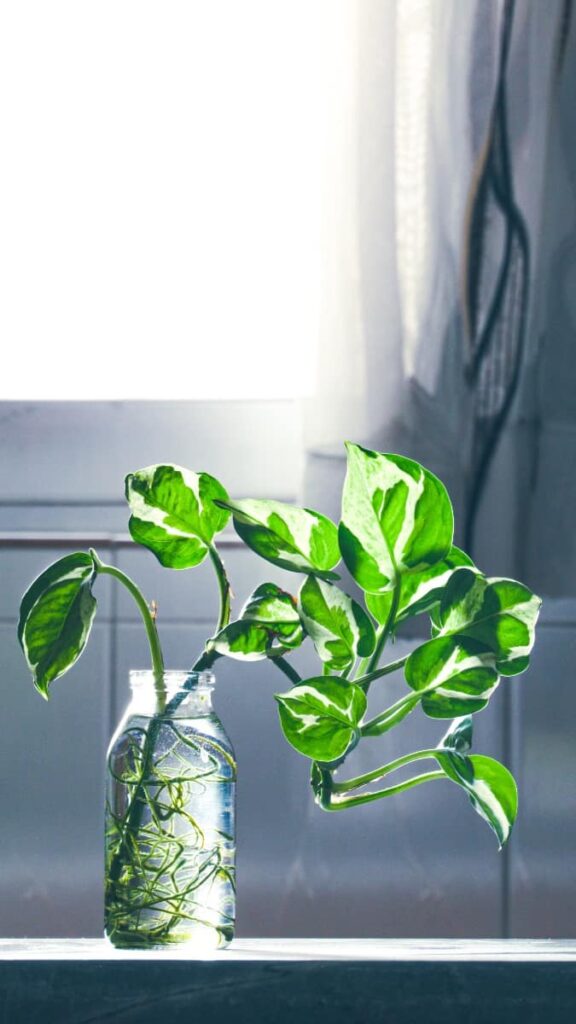
Gardeners and plant enthusiasts have a plethora of options when it comes to plant propagation stations. The decision-making process can be overwhelming, as each type of station has its own set of advantages and disadvantages. Ultimately, the choice of propagation station depends on the type of plants being propagated and the gardener’s personal preferences.
Seed starting stations are perfect for starting plants from seeds. These stations typically come equipped with a tray or container that has individual cells for planting seeds. Additionally, they have a clear plastic cover that creates a greenhouse effect and a heating mat that provides warmth for germination. Seed starting stations are ideal for starting annuals, vegetables, and herbs.
Cutting propagation stations, on the other hand, are designed for propagating plants from cuttings. These stations come equipped with a tray or container that has individual cells for planting cuttings. They also have a clear plastic cover that creates a greenhouse effect and a rooting hormone that encourages root growth. Cutting propagation stations are ideal for propagating woody plants, such as shrubs and trees.
Aeroponic propagation stations use a misting system to propagate plants without soil. The plants are suspended in the air, and their roots are misted with a nutrient-rich solution. These stations are perfect for propagating plants that are difficult to root, such as orchids and carnivorous plants.
Hydroponic propagation stations use a nutrient-rich solution instead of soil to grow plants. The plants are suspended in the solution, and their roots absorb the nutrients they need to grow. These stations are ideal for propagating plants that require a lot of water, such as water-loving plants and vegetables.
Finally, tissue culture propagation stations use a laboratory technique to propagate plants from small pieces of tissue. The tissue is placed in a nutrient-rich solution and grown in a sterile environment. These stations are ideal for propagating rare and endangered plants, as well as for producing large quantities of plants for commercial purposes.
The world of plant propagation stations is vast and varied. By selecting the right type of propagation station, gardeners can successfully propagate a wide variety of plants and enjoy the satisfaction of growing their own plants from scratch.
Materials Needed for Building a Plant Propagation Station
When it comes to constructing a plant propagation station, the process can be quite intricate and multifaceted. There are a plethora of materials that you will need to acquire in order to get started, and the specific materials required will vary depending on the type of propagation station you are looking to build. However, there are some common materials that are essential to the process, and we’ll dive into those now.
First and foremost, you will need containers to house your plants and soil. The type of container you choose can range from plastic cups to seed trays to small pots, and the decision will ultimately depend on your personal preferences and the specific needs of your plants.
Next, you will need soil to plant your seeds or cuttings in. It is crucial that you select a high-quality soil that is appropriate for the type of plants you are propagating, as this will greatly impact the success of your propagation efforts.
In addition to soil, plants require light to grow, so you will need to provide some sort of lighting for your propagation station. This can come in the form of natural sunlight or artificial lighting, such as grow lights, and the decision will depend on the specific needs of your plants.
Furthermore, many plants require warm temperatures to germinate and grow, so you may need to provide a heat source for your propagation station. This can be a heating mat or a space heater, and it is important to carefully consider the needs of your plants when selecting a heat source.
Watering tools are also essential to the propagation process, as you will need to keep your plants hydrated. This can be achieved through the use of a watering can or spray bottle, and it is important to monitor the moisture levels of your soil to ensure that your plants are receiving the appropriate amount of water.
If you are propagating plants from cuttings, you may need to use a propagation hormone to encourage root growth. This hormone can be a valuable tool in the propagation process, and it is important to carefully follow the instructions for use to ensure optimal results.
Finally, it is crucial to label your plants so that you can keep track of what you are growing. This can be achieved through the use of plant markers or labels, and it is important to be diligent in your labeling efforts to avoid confusion.
Overall, building a plant propagation station can be a highly rewarding project for any plant enthusiast. With the right materials and a bit of patience, you can successfully grow your own plants from seeds or cuttings and watch them flourish.
Step-by-Step Guide to Building a Plant Propagation Station
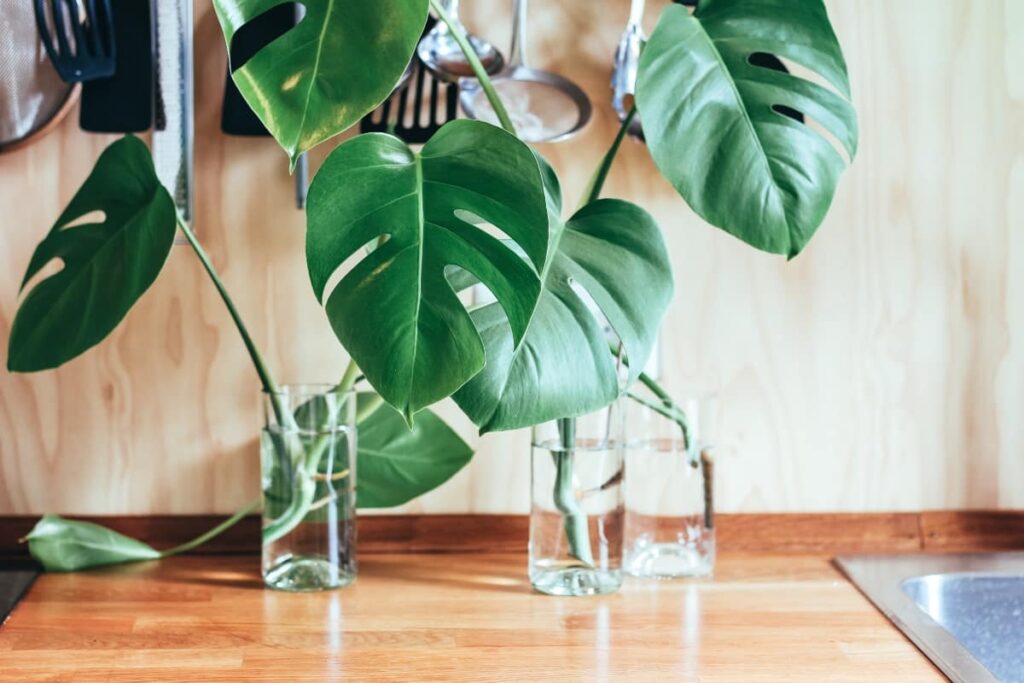
If you’re looking to embark on the journey of building your very own plant propagation station, then you’ve come to the right place! Here’s a step-by-step guide to help you get started on this exciting and rewarding project.
First things first, you need to choose the perfect location for your propagation station. This spot should be one that receives plenty of natural light and is protected from harsh weather conditions. Once you’ve found the ideal location, it’s time to gather the necessary materials.
You’ll need a few basic materials to build your propagation station, including a sturdy shelving unit, grow lights, seed trays, and a heating mat. With these materials in hand, you can now move on to the next step.
Setting up the shelving unit is the next crucial step. Make sure it’s sturdy and level before proceeding to the next step. Once you’ve got the shelving unit in place, it’s time to install the grow lights. You can choose between LED or fluorescent lights, depending on your preference.
Now that the grow lights are in place, it’s time to add the seed trays. Make sure they’re spaced out evenly and have enough room to grow. To help your plants germinate and grow, install a heating mat under the seed trays. This will provide consistent warmth and encourage root growth.
With the seed trays in place, it’s time to add water and your seeds. Make sure to follow the instructions on the seed packet for planting depth and spacing. Once your propagation station is set up, it’s important to monitor and maintain it regularly. Check the water levels in the seed trays and adjust the grow lights and heating mat as needed.
By following these steps, you can create your very own plant propagation station and start growing your own plants from seeds. With a little patience and care, you’ll be able to enjoy a beautiful and thriving garden in no time. So, what are you waiting for? Get started on your propagation station today!
Tips for Maintaining a Plant Propagation Station
Ensuring the success of your plant propagation efforts is no easy feat. It requires a great deal of attention and care, particularly when it comes to maintaining your propagation station. But fear not, for we have compiled a list of tips to help you keep your station in top condition.
First and foremost, it is crucial to keep the area clean and organized. A cluttered and dirty propagation station can lead to the spread of diseases and pests, which can be detrimental to your plants. To prevent contamination, it is essential to regularly clean and sanitize your tools, containers, and surfaces.
In addition to cleanliness, it is also important to monitor the temperature and humidity levels in your propagation station. Different plants require different conditions for optimal growth, so it is essential to use a thermometer and hygrometer to keep track of the conditions and adjust as necessary.
Of course, lighting is also a crucial factor in plant growth. Without adequate light, your plants will struggle to thrive. Consider using grow lights or placing your station near a window that receives plenty of sunlight to ensure your plants are getting the light they need.
Watering is another essential aspect of plant growth and propagation. It is important to ensure your plants are getting enough water, but be careful not to overwater them, as this can lead to root rot.
Finally, it is crucial to keep an eye out for pests and diseases. Regularly inspect your plants for signs of issues, and take action immediately to prevent the problem from spreading.
By following these tips, you can maintain a healthy and productive plant propagation station that will help you grow a thriving garden.
Common Mistakes to Avoid When Using a Plant Propagation Station
When it comes to using a plant propagation station, there are a plethora of mistakes that can be made. To ensure the success of your plant propagation efforts, it’s important to avoid these common pitfalls. Here are some of the most frequent mistakes to steer clear of:
Overwatering
This is a classic mistake that many people make when using a plant propagation station. While it’s important to keep the soil moist, too much water can lead to root rot and other issues. So, be mindful of how much water you’re giving your plants.
Underwatering
On the flip side, not watering your plants enough can also be problematic. It’s essential to check the soil regularly and water your plants when the soil feels dry to the touch. Don’t let your plants go thirsty!
Using the wrong soil
Different plants require different types of soil, so it’s crucial to use the right soil for the plants you are propagating. Using the wrong soil can lead to poor growth and even death of your plants. So, do your research and use the appropriate soil.
Not providing enough light
Plants need light to grow, so it’s important to place your propagation station in a location that receives plenty of natural light. If you don’t have access to natural light, consider using grow lights to provide your plants with the light they need. Don’t leave your plants in the dark!
Not monitoring temperature and humidity
Temperature and humidity can also play a significant role in the success of your plant propagation efforts. It’s essential to monitor the temperature and humidity levels in your propagation station and make adjustments as needed. Don’t let your plants get too hot or too cold!
By avoiding these common mistakes, you can increase your chances of success when using a plant propagation station. With a little bit of care and attention, you can grow healthy, thriving plants from cuttings and seeds. So, get to propagating and watch your plants flourish!
Conclusion: Why Plant Propagation Stations are a Must-Have for Houseplant Enthusiasts
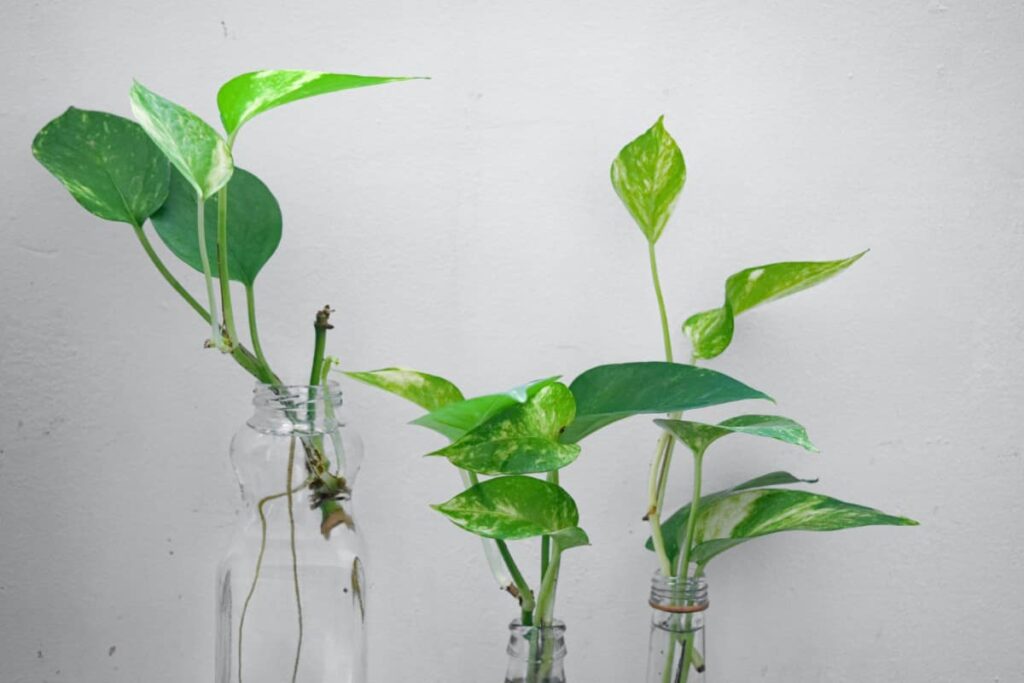
When it comes to the world of houseplants, there are few things more essential than a plant propagation station. Why, you ask? Well, for starters, these stations offer a simple and streamlined way to propagate your plants, allowing you to grow your collection without breaking the bank. And let’s not forget about the practical benefits – propagation stations can help you maintain a healthy and thriving plant collection by allowing you to replace any struggling or dying plants. Plus, they add a touch of style and sophistication to your home, elevating your plant collection to new heights of beauty and elegance. So, if you’re a true houseplant aficionado looking to take your collection to the next level, a plant propagation station is an absolute must-have.
Frequently Asked Questions
What are Plant Propagation Stations?
Plant propagation stations are specialized areas or tools used to propagate plants. They are designed to provide the ideal environment for plant cuttings or seeds to grow and develop into healthy plants. These stations can be as simple as a windowsill or as complex as a fully automated greenhouse.
What are the benefits of using a Plant Propagation Station?
Using a plant propagation station can help you save money by allowing you to grow new plants from cuttings or seeds instead of buying new plants. It also allows you to control the environment in which your plants grow, ensuring that they receive the proper amount of light, water, and nutrients. Additionally, plant propagation stations can help you extend the growing season, allowing you to start plants earlier in the year or grow them later into the fall.
What types of Plant Propagation Stations are available?
There are many different types of plant propagation stations available, ranging from simple DIY setups to high-tech automated systems. Some common types include seed starting trays, grow lights, heat mats, and humidity domes. The type of propagation station you choose will depend on your specific needs and the types of plants you are growing.
What plants can be propagated using a Plant Propagation Station?
Most plants can be propagated using a plant propagation station, including herbs, vegetables, flowers, and succulents. Some plants are easier to propagate than others, and the specific propagation method will depend on the plant species. However, with the right tools and techniques, almost any plant can be successfully propagated using a plant propagation station.
What are some tips for using a Plant Propagation Station?
Some tips for using a plant propagation station include keeping the environment clean and free of pests, providing the proper amount of light and water, and monitoring the temperature and humidity levels. It is also important to use clean tools and containers to prevent the spread of disease. Additionally, it is important to be patient and allow the plants to grow at their own pace, as rushing the process can lead to poor results.

